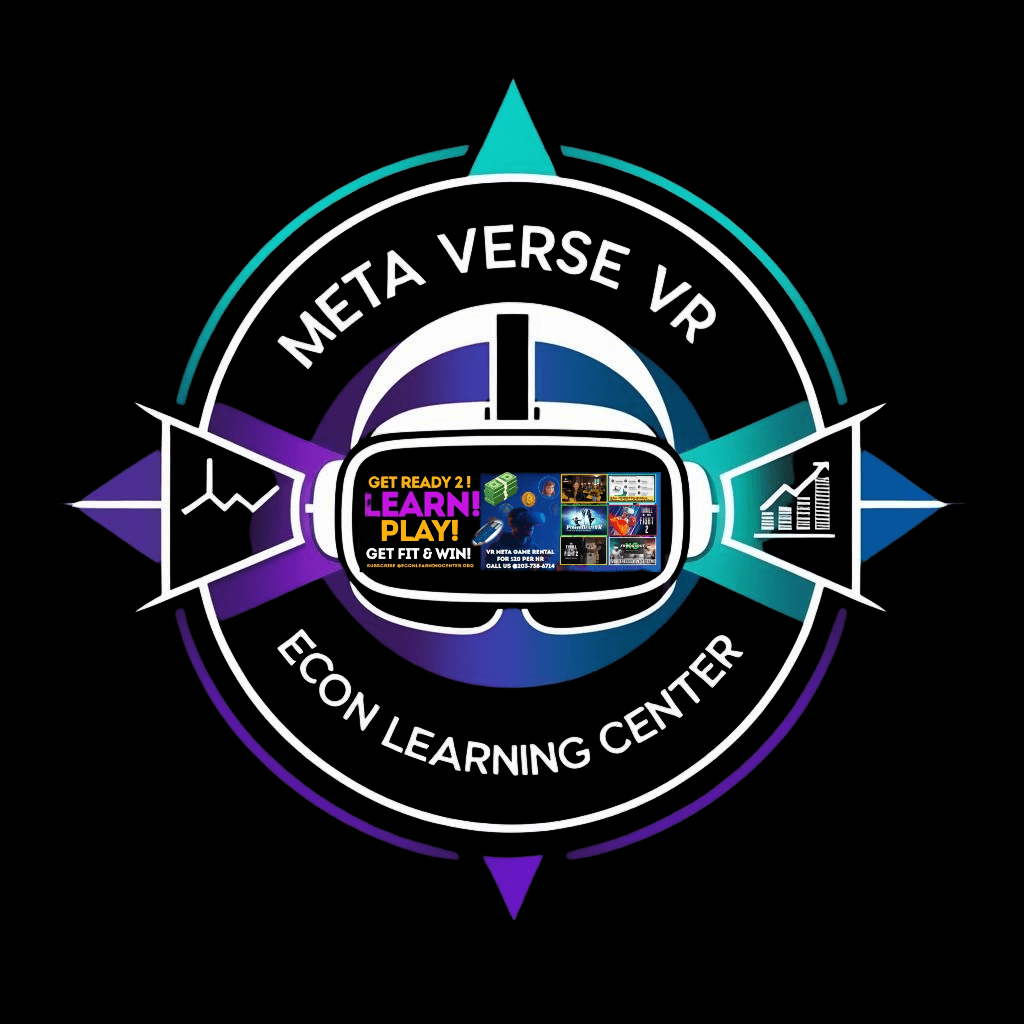- BOOK ME HERE
- About
- ENROLL HERE
- Schedule For Our Personal Financial Development 1 Year Course
- The Challenge
- ELC SHOP CLUB
- Credit Repair and Financial Education Services
- Watch Our Business Presentation
- Contact
- FAQ
- Econ Learning Center Blog
- Terms of service
- Econ Learning Center Channel
- Credit Secrets Live Tv
- ELC Meta Verse Vr Fitness ED Games
Top Trends in Financial Literacy Education in Virtual Worlds
Embracing Financial Literacy in Virtual Worlds
As technology continues to advance, the landscape of education is rapidly evolving. One of the most fascinating developments is the integration of financial literacy education into virtual worlds. These immersive environments offer unique opportunities for learners to engage with complex financial concepts in a dynamic and interactive manner.

The Rise of Gamification in Financial Education
Gamification has become a significant trend in financial literacy education within virtual worlds. By incorporating game-like elements such as points, badges, and leaderboards, educators can make learning about finance more engaging and motivating. This approach not only makes the learning process enjoyable but also enhances knowledge retention.
In virtual worlds, students can participate in simulations that mimic real-world financial scenarios. These simulations allow learners to practice budgeting, investing, and other financial skills in a risk-free environment. This experiential learning approach helps students understand the consequences of financial decisions without facing real-world repercussions.
Personalized Learning Experiences
Another trend gaining traction is the use of personalized learning experiences. Virtual worlds can tailor educational content to meet individual learning needs and preferences. By leveraging data analytics, these platforms can adapt to each learner's pace and style, providing customized pathways for mastering financial literacy.
This personalized approach ensures that learners receive the support they need, whether they are beginners or advanced in their financial knowledge. It also encourages self-paced learning, allowing individuals to explore topics that interest them the most.

Collaboration and Social Learning
Virtual worlds are inherently social environments, fostering collaboration and peer-to-peer learning. Financial literacy programs within these worlds often include group activities and discussions, encouraging learners to share insights and strategies with one another.
This collaborative aspect not only enhances understanding but also builds a sense of community among learners. By working together to solve financial challenges, participants develop critical thinking and problem-solving skills that are essential in the real world.
Accessibility and Inclusivity
One of the most significant advantages of virtual worlds is their ability to provide accessible financial literacy education. These platforms can reach a broad audience, including those who may face barriers to traditional education due to geographic, economic, or physical limitations.
Additionally, virtual worlds offer inclusive learning environments that can be designed to accommodate diverse learning styles and abilities. This ensures that everyone has the opportunity to improve their financial literacy, regardless of their background or circumstances.

The Future of Financial Literacy in Virtual Worlds
The potential for virtual worlds to revolutionize financial literacy education is immense. As technology continues to evolve, these platforms will likely become even more sophisticated and effective. Emerging technologies such as artificial intelligence and augmented reality are expected to further enhance the learning experience.
Educators and developers are continually exploring innovative ways to integrate financial education into virtual worlds. By staying at the forefront of these trends, they can ensure that learners are equipped with the knowledge and skills needed to navigate the complexities of personal finance successfully.
